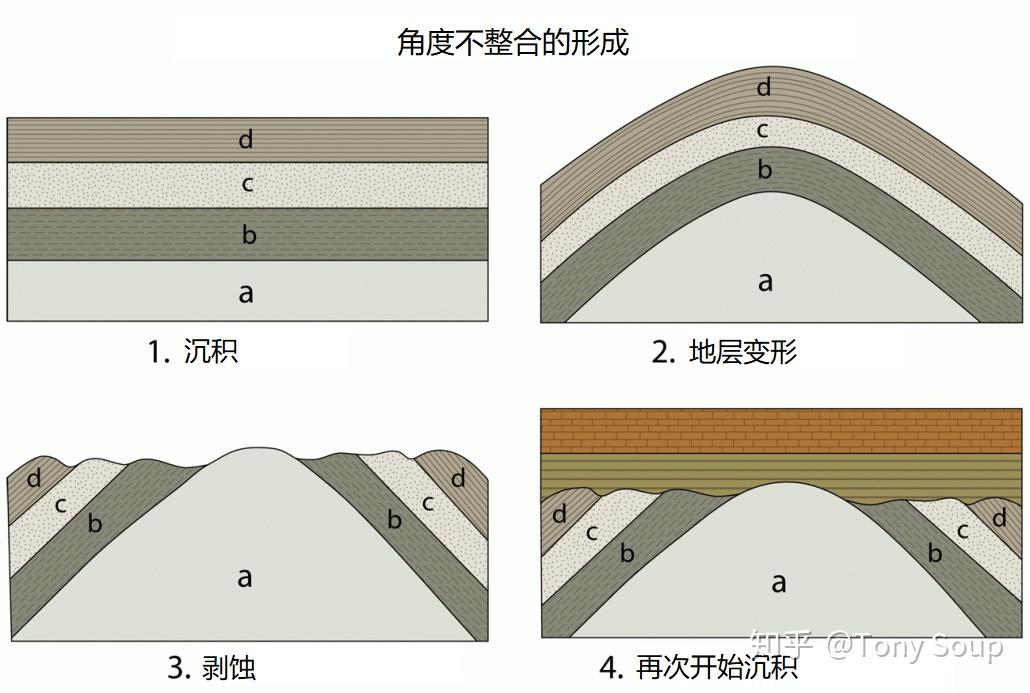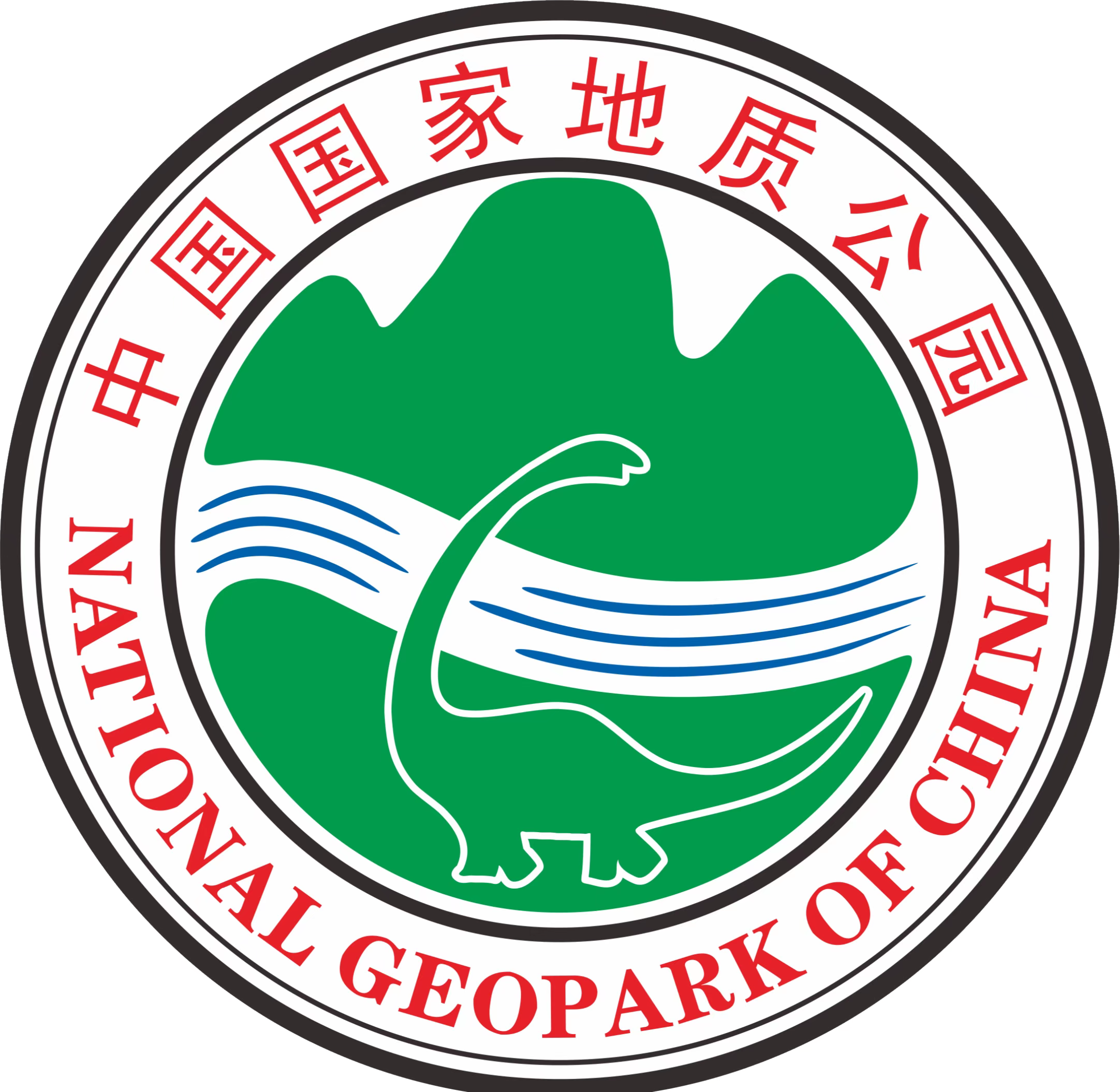Stratigraphic unconformity refers to the stratigraphic contact relationship between the upper and lower sets of strata of different eras where there have been sedimentary discontinuities or missing strata. The strata are discontinuous, and the sequence of palaeontological evolution, which determines the age of the strata, is discontinuous.
Stratigraphic unconformity is an important structural phenomenon. It reflects the period and nature of tectonic movements and is an important indicator of tectonic events. The unconformity always separates the new and old strata with a certain age discontinuity by the Erosion surface. The development of the unconformity surface is first the deposition of the older strata, followed by Diastrophism, and exposes the old strata to the surface for erosion, and finally the deposition of the newer strata. Sedimentation and erosion may occur alternately, and there is always a lack of strata of some age between the upper and lower strata. The rock layers in the stratigraphic profile are the existing stratigraphic parts, while the stratigraphic unconformity is the missing stratigraphic part.
Stratigraphic unconformity can be divided into two types: angular unconformity and unconformity. The former is that the two sets of strata are in contact at a certain angle, and the middle is a Erosion surface (i.e. unconformity surface), which indicates that after the deposition of the previous set of strata, there was a major tectonic movement and sea land change, and then the crust sank again and deposited the latter set of strata. The latter is that the two sets of strata are generally in parallel contact, with an Erosion surface (i.e. unconformity surface) in the middle, which indicates that the crust was depressed again after a major crustal rise or regression movement during the deposition of the previous set of strata, and the latter set of strata was deposited.
According to the genetic mechanism of stratigraphic unconformity, the termination mode of seismic reflectance, the location of unconformity development, and the shape of the profile, stratigraphic unconformity can be divided into five main types: fold unconformity, fault-fold unconformity, truncation unconformity, super complex unconformity, and parallel unconformity.




